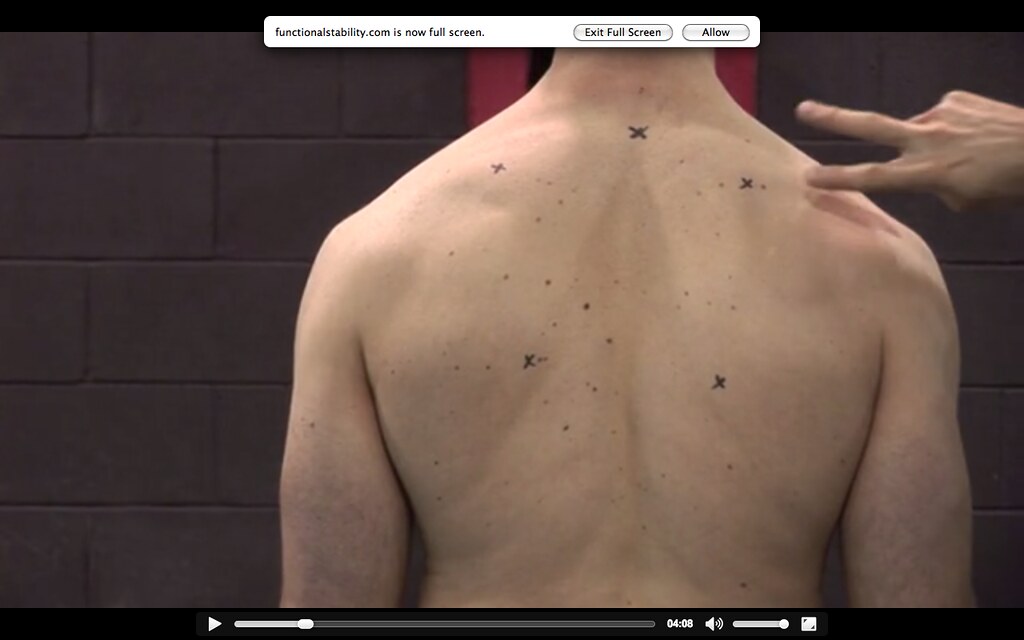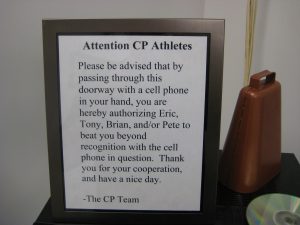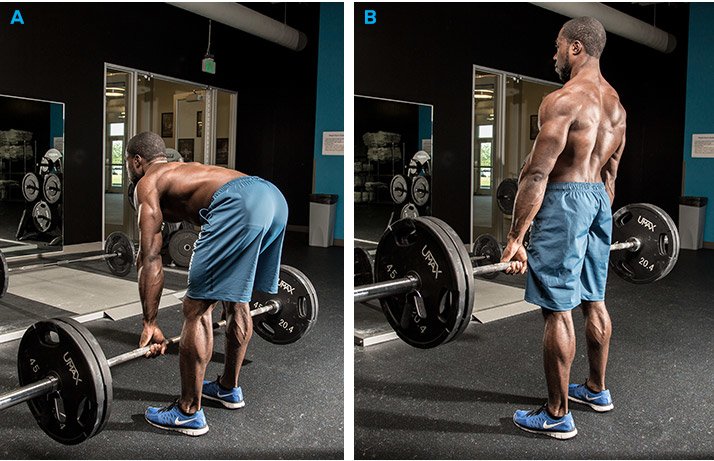Any hip-hop junkie will recognize the title of today’s post.
It’s a quote from Jay-Z.
I’m in no way putting myself in the same company as one of rap’s biggest historic moguls, but I felt the title was appropriate given the context of what I wanted to write about today.
It’s something I rarely broach on this website, yet it’s an integral component to just about every fitness professional’s day to day life.
Surprisingly, I’m not referring to energy drinks. Or protein.
Let’s Talk a Little Fitness Business Mmmkay?
It’s been a little over two months since I left Cressey Sports Performance to pursue other opportunities and my own “thing” in Boston.
NOTE: I put quotations around “thing” not as some ubiquitous attempt to insinuate I have no plan. I do! But, well, just keep reading……
Since leaving CSP things have been great. Life has had a nice pace to it.
I’ve been able to keep up with writing and running this website while also building whatever it is I’m building here in Boston. I.e., a small army of deadlifting psychopaths…;o)
As it happened, maybe a week or two ago, Pete and I were texting back and forth and he mentioned that it would be interesting if I spoke to what it’s been like for me during this transitional phase in my life. What have been some of the hardships (if any?) and lessons I’ve learned in starting my own “thing.”
Sorry, there’s that word again.
The “Thing”
At the CSP staff Christmas Party this past weekend, Mike Reinold and I were chatting about how hard and impossible it must feel for upcoming fitness professionals to make a name for themselves.
On one side of the fence the internet has made everything – and everyone – more accessible. Fitness celebrities and can be constructed in a matter of months.
On the other side, however, the market is so saturated with Instagram feeds, Facebook likes, websites, blogs, and hashtags that everything – and everyone – is seemingly invisible.
There’s too much noise.
When we opened CSP back in the summer of 2007, I had already been working as a trainer for five years and writing on my own website and sites like T-Nation for a little over a year (my first article on T-Nation was published in 2006).
I joined Facebook not long after with little comprehension of A) knowing what the hell it was and B) definitely not knowing what it would become. Nonetheless I crushed LOLCats on it.
Likewise, I joined Twitter in 2010. Again, not really understanding what the point was. All I knew was that all the cool kids were doing it.

The important thing to consider, though – and this is where many upcoming fitness pros miss the boat – is that I didn’t initially use any of those platforms to build my brand or market myself or use them to build some semblance of “fake experience.”
I spent years training and coaching people before any of that shit entered the equation or even mattered.
Too, I spent over a year writing to the 10 people who read my blog – for free – before I got my first break on T-Nation.
Long story short: I did the work. I worked the long hours, I trained hundreds and hundreds of people, got up early/stayed up late, and I paid my dues. The work is what helped to mold me as a professional. Not the race to accumulate friends and arbitrary “likes” and “shares”
But I also recognize I lucked out to a degree.
I was an early adopter of all those social media thingamabobbers (particularly blogging). Today I’d feel super intimidated if I were to start a blog.
Another thing I lucked out with was having Eric and Pete in my corner….and I feel they would corroborate the sentiment: me being in their corner as well.
Eric: There is only one Eric Cressey. The man is a machine and has the work ethic of a rabid rhinoceros. I don’t even know that means, but suffice it to say that it’s hard to know someone for a decade, live with them for two years, start a business, and not have some of their traits and habits rub off on you.
Pete: Part of what I feel made CSP so successful to begin with was because Pete assumed the role of “business guy” from the start. He was the one responsible for scheduling, invoicing, taking phone calls, ordering equipment, negotiating the lease, and all the other dirty work many people can’t fathom or appreciate.
This allowed Eric and I to do what we do best…..coach!
And argue over the music.
All of This To Say….
I have NO interest in opening or owning my own facility.[footnote]Unless it’s to train ninjas.[/footnote]
I’ve spent over a decade building my own brand and a “business,” but I am in no way, shape, or form a businessman.
I think one of the biggest fallacies in fitness is thinking that the end-all-be-all destination is to be a gym owner.
Ask ten young trainers/coaches what their end-goal is and I’m willing to bet 80-90% of them will raise their hand and say “to watch Tony Gentilcore train shirtless to own my own facility someday.”
It’s a respectable goal to have; albeit a lofty one.
Strength coach, Clifton Harski, has this to say on the matter (and I tend to agree):
“I would wager that over half of gym owners did it due to their own EGO and an initial goal they had when they started – which they never really thought to reevaluate over time. It seems like the next logical step for someone. However, it’s not – quite often.”
Moreover, I feel there’s an “expectation management” gap that exists when it comes to gym ownership. The expectation is that someone decides to open a gym, they buy a bunch of fancy equipment, and they think that by turning on the lights that a drove of people are just going to show up and hand over their money.
Realistically, someone will come up with the idea of opening up their own facility, buy a bunch of fancy equipment, make sure the electricity is turned on (always an important step), and then are quick to realize it’s not as much of a cake walk as they had originally planned.
(NOTE: there’s nothing I can say with regards to fitness business that Pete hasn’t discussed over on his website. I’d highly encourage you to check it out (linked to above) and thank me later)
This is what I like to call the “Commercial Gym Trainer Conundrum.”
Typically what happens is that someone who’s been working at a commercial gym for all of two weeks thinks they’re getting screwed by the man. I mean, they’re the one doing all the work, right? Yet, they’re only getting 1/3 of the cost of a training session, and the gym is just pocketing the rest. Like a bunch of a-holes.
Um, no.
The “man” is paying your health insurance, taking care of utilities, equipment upkeep and replacement, and ensuring the rent/lease is paid each month. And this doesn’t even take into account paying the salaries of any support staff – janitorial, front desk, etc – in addition to any CAM (Common Area Maintenance) charges that may exist (snow removal, landscaping, building upkeep).
ALL of these will be YOUR problem the second you open up your own facility. In addition to things like lead generation, scheduling, invoicing, bookkeeping, to add on top of your coaching and programming responsibilities (which can vary depending your business model).
Oh, and the case of phantom explosive diarrhea in the bathroom…guess who’s cleaning that up?
Dean Somerset wrote an excellent article on why being a commercial gym trainer isn’t such a bad thing.
I don’t know about you, but none of that sounds fun to me. I’d rather jump into a shark’s mouth. Which is why I had to sit down and figure out what it is I wanted to do for the next 5-10 years of my life and what was going to be right fit.
I had to have a hard conversation with myself and come to the realization that I AM NOT A BUSINESSMAN.
Don’t get me wrong, I run a business – coaching, writing, this website, speaking engagements – but I don’t consider myself a businessman in the sense of having the desire to own and run a facility.
So, To Conclude My Rambling
1. I’m sub-leasing in Boston at a space called Run Strong Studio. I have no overhead other than paying “rent” for the time I use, and paying for my own liability insurance (via the NSCA).
It’s the right fit for ME.
2. I did purchase around $5000 of my own equipment to get started (which I can write off for tax purposes), but I made sure to give myself a HARD AUDIT as to what I’d really need.
This is a mistake many fitness professionals make. Their eyes are often bigger than their wallets and they end up purchasing equipment that’s 1) cool and only they’ll use or 2) takes up too much space.
Think of if this way: Power rack = something everyone will use. Big, fancy leg press = not so much.
3. And speaking of taxes: GET A GOOD ACCOUNTANT!!! I’ve had the same one for five years and he’s more of less my BFF.
4. My goals at this stage in my career is to coach 20 or so hours per week, which still allows me plenty of time to keep up my writing responsibilities and allow for windows of travel for workshops.
[It’s funny: many trainers/coaches want the same scenario that I am doing right now, but fail to understand I spent 13 years coaching people and writing 1,800 blog posts and countless articles to get there.]
Could I coach more if I wanted? Yes, and, honestly, I could make more money if I did so. However, I love the freedom and autonomy I have now.
I mean, if I want to go to an afternoon matinee or, I don’t know, practice my nunchuck skills, I can.
Autonomy is sweet.
I remember reading something somewhere (<— how’s that for a citation) that many people feel happier and more fulfilled being their own boss….despite making less money.
I have to say, I concur.
5. You’re only as good as your systems.
Knowing my limitations, and after asking several colleagues, I signed up for a service called Front Desk, and it’s been spectacular.
Any peace of mind I can give myself in terms of management of money and “systemizing” things is all good in my book.
My eight years at CSP helped to prepare me (and dampen) the inevitable failures I’ll come across on my own. However, I’m a firm believer that you learn more in failure than you ever do in success.
And in the end, that’s some solid business advice.
















